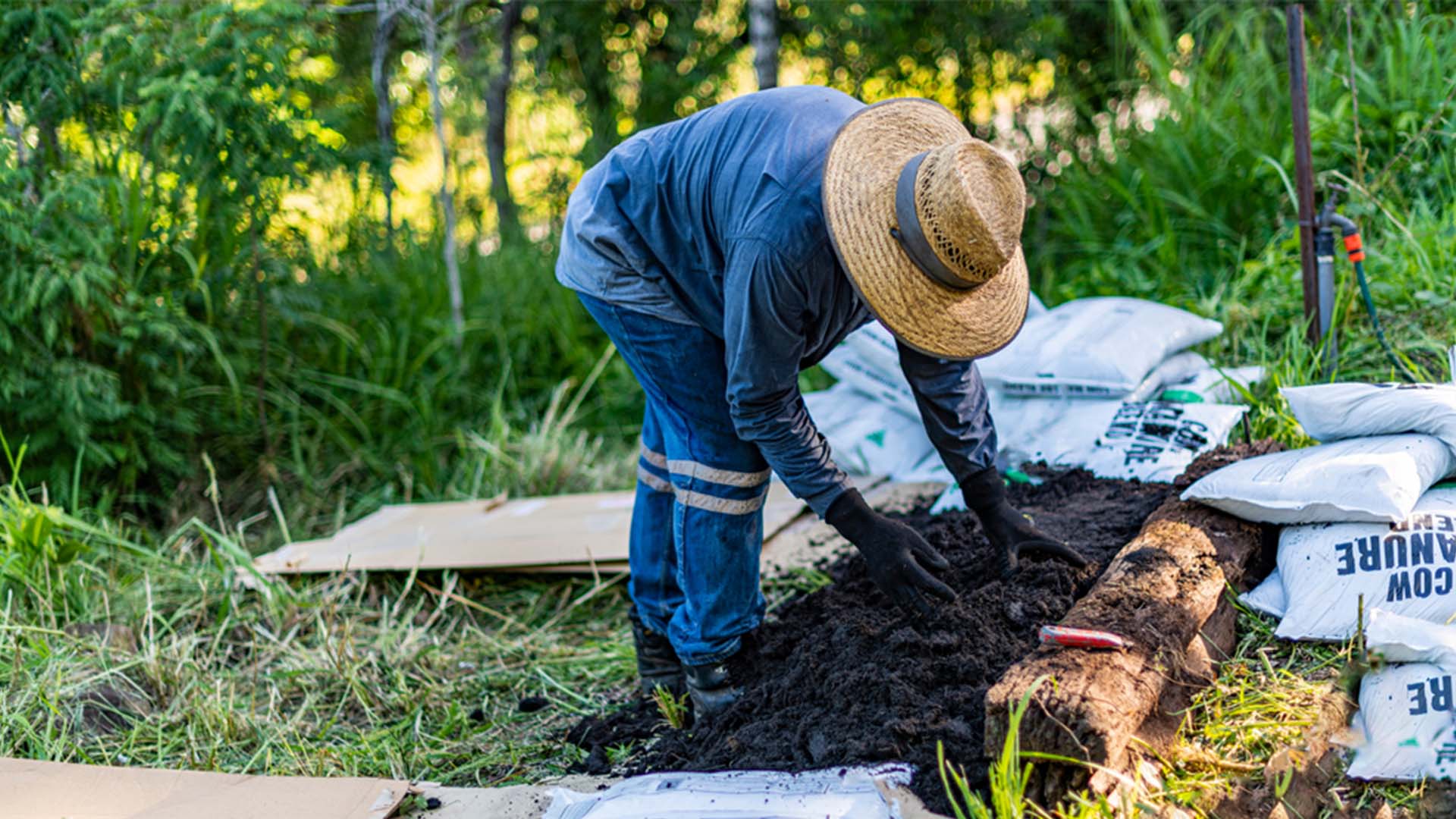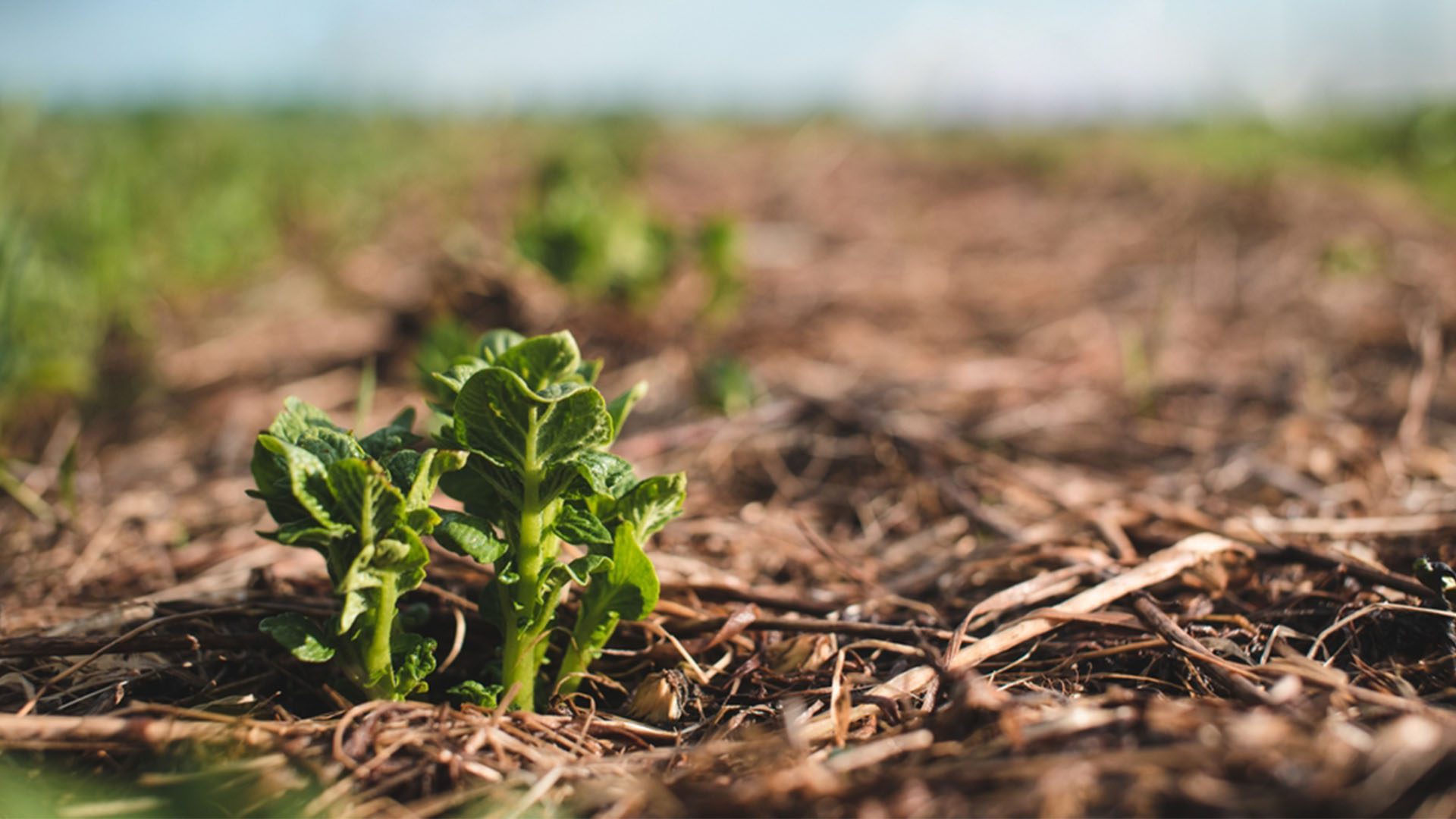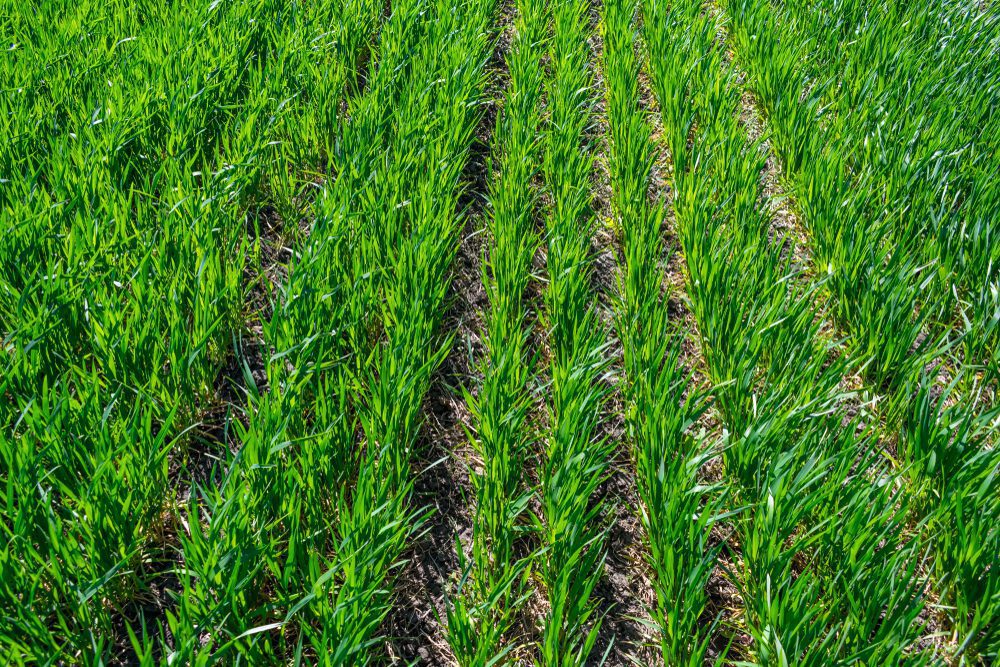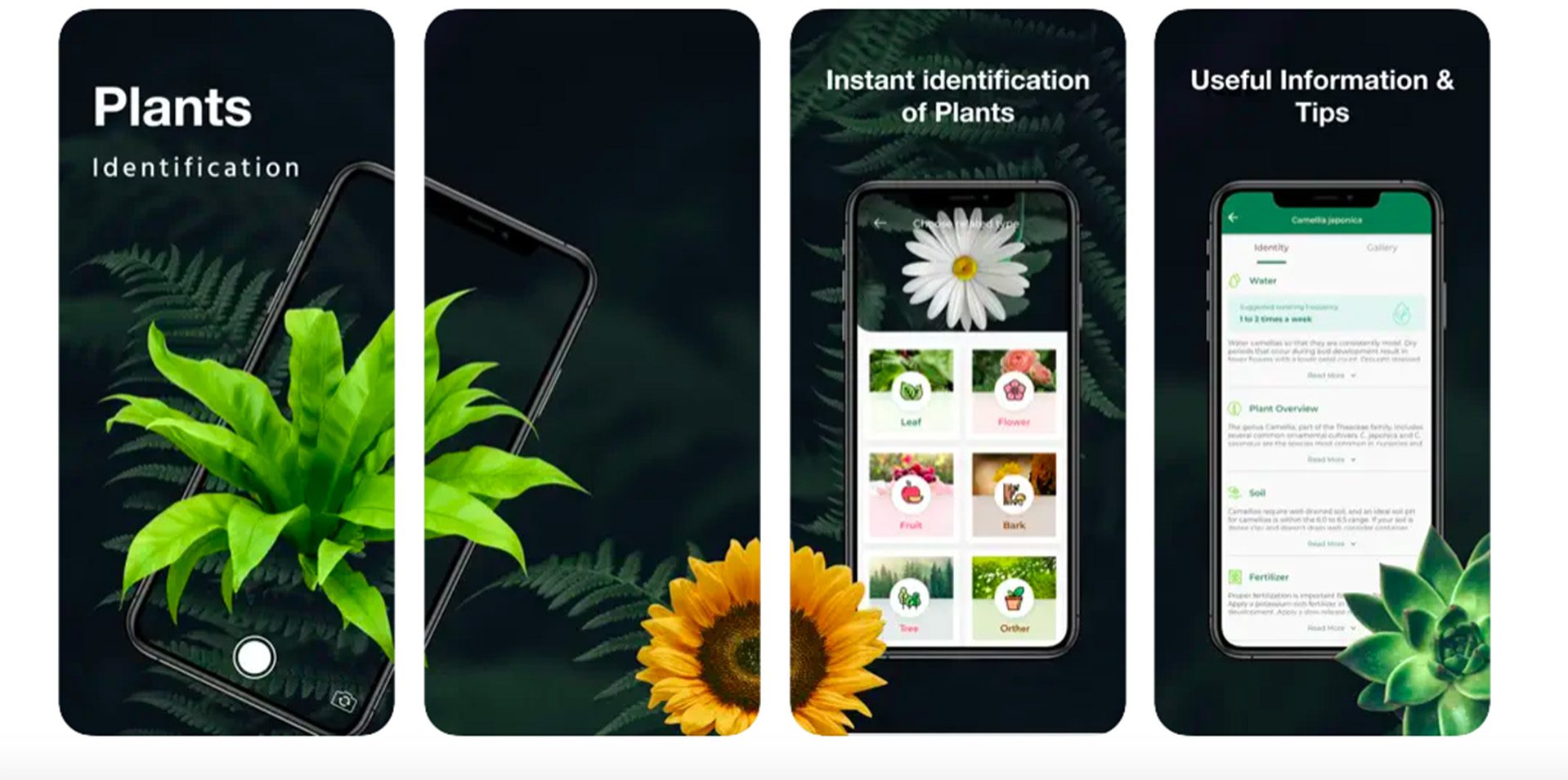Gardening is a wonderful way to connect with nature, but not all gardening methods are equally sustainable. One English horticulturalist, Charles Dowding, has been experimenting with no-dig gardening since the 80s, and gardeners are beginning to take notice of the practice for its sustainability and environmental benefits. No-dig gardening simplifies yard care, and Worx tools can make maintaining your garden and lawn even more efficiently.
What is No-Dig Gardening?

No-dig gardening is exactly what it sounds like, gardening without tilling the soil. It involves first removing any grass or weeds from the planting area by mowing as low as possible. Then cover the area with cardboard or a thick layer of natural mulch, a process that results in a nutrient-rich layer of topsoil that helps to support growth and retain the balance of the existing soil below. This contrasts traditional gardening techniques which strips the soil of essential nutrients. The process of covering existing soil also blocks sunlight from existing grass and weeds, killing them off without the need for chemical applications.
Not only is this technique much easier on the body as it eliminates the need for tilling the soil, but there are also environmental benefits as well. One benefit is that the process supports carbon sequestration while tiling soil releases and stores carbon in the atmosphere. Additionally, healthy soil is more disease and insect resistant so it doesn’t require the application of toxic pesticides which result in air and water pollution. And, because the soil is healthier and more well-balanced, this technique promotes a higher crop yield.
Plants grown using this method are capable of thriving with less attention from their gardener, fewer resources, and can be grown using organic farming techniques since no chemicals are needed. Dowding, for example, harvests 25,000 British pounds’ worth of organic produce annually to local restaurants and shops from the growing beds on his property Homeacres, in Somerset, England.
Tilling advises that gardeners should simply follow nature’s example, stating, “just leaving the soil alone as much as possible and feeding the surface with compost, so that the soil life does the work for us.”
How to Begin No-Dig Gardening
Begin by finding the right location with access to full sun and either using a prepared garden bed, raised bed, or pots. Dowding also recommends framing the bed with lengths of lumber held in place by heavy stones in order to keep the compost depth intact even at the edges where weeds tend to grow. After the initial mow, lay down dampened cardboard or newspaper, followed by a layer of straw. Then add a layer of rich compost and, on the compost, add a layer of manure or an additional layer of straw.
Once your premium mix is prepared, you can plant your seeds by parting the soil and placing the seeds at recommended depths and intervals. Water the seeds as they grow, but note that they may require less watering than a traditional garden. The method involves a deep layer applied in the beginning and a roughly inch-deep application every year thereafter.
“You could make a bed like that in the morning and put your plants in that afternoon,” he said. “You haven’t got to wait for the weeds underneath to die because your new plants, or seeds, start growing in the surface compost.”
No-Dig Garden Care

As the layers of natural materials break down, they will further enhance the soil quality both below and above the existing surface. And it will continue to improve over time, eliminating the need for frequent watering fertilizers. Simply add compost once or twice per year to give the soil an extra boost of nutrients. Ensure that you keep the layers loose to allow for airflow, decomposition, and drainage.
Dowding also recommends not disturbing the soil – even when taking care of weeds. When a weed pops up, Dowding doesn’t unearth them but rather focuses on “exhausting the weeds” by taking off the photosynthetic part repeatedly, “using a trowel, but doing it in a gentle way, going down pretty vertically near to the new shoot and levering out as much stem as comes out.” It may take longer to deter a weed infestation this way, but the soil isn’t damaged by being opened up substantially.







